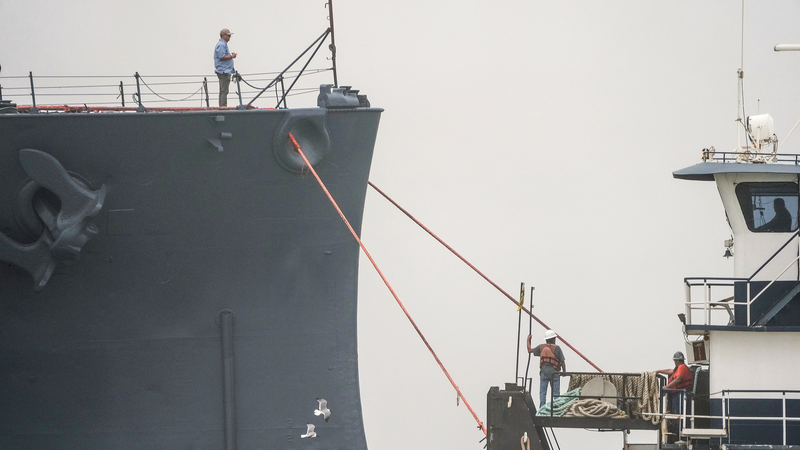On October 14, the US Customs and Border Protection will roll out new fees under Section 301, hitting vessels owned or operated by the Chinese mainland with a $50 charge per net tonne. This move comes after the US Trade Representative accused the Chinese mainland of using unreasonable tactics to corner the maritime, logistics, and shipbuilding markets. 🚢
At first glance, Section 301 fees look like a bold stand to protect American shipyards. But peel back the layers, and you find a different story: a decades-long drift away from solid industrial policies, a loss of vital skills, and a shift toward financial short-termism that has hollowed out US shipbuilding. 🧐
For almost 70 years, the US has played a minor role in commercial and naval shipbuilding. As of 2024, American yards hold barely 0.1 percent of the global market. Meanwhile, the Chinese mainland commands over 53 percent of commercial shipbuilding worldwide. That gap did not appear overnight—it is the result of policy choices, investment trends, and talent pipelines that ran dry. ⚙️
Instead of pointing fingers at the Chinese mainland’s rise, the real question is: how does America rebuild its maritime muscle? Here are some ideas:
- Invest in training programs to revive shipbuilding craftsmanship
- Craft long-term industrial strategies beyond quarterly profits
- Foster public-private partnerships to share technology and resources
Section 301 fees might make headlines, but they are just a patch on a much deeper wound. To reclaim a spot on the shipbuilding leaderboard, the US needs vision, commitment, and a bet on homegrown skills—no quick fee can replace that. 💡
Stay tuned as we track whether these fees spark a true resurgence or if the US shipbuilding industry continues to drift. 🛳️
Reference(s):
cgtn.com




